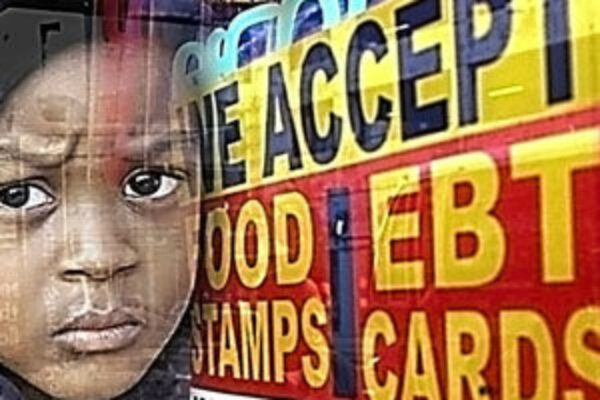The longest and worst government shutdown in U.S. history ended, but Americans are still reeling from residual effects of the shutdown. Federal workers and Supplemental Nutrition Assistance Program recipients struggle to receover from the impact and the hardships they suffered during that 41 day-period may continue through the holiday season.
One of the programs most impacted by the shutdown – the Supplemental Nutrition Assistance Program or SNAP – ceased food assistance payments and as states scrambled to provide assistance in the interim, the Trump administration doubled-down on its intention to enforce orders that would compound pressure on some of the country’s most vulnerable recipients.
The USDA states the new reapplication process is intended to reduce fraud and abuse in the SNAP program. Howver, a specific timeline for implementation has not been released.
Recipients will need to complete a new application, which will be a lengthier process than the usual recertification. Typically, SNAP recipients are required to recertify their eligibility every six to 12 months, depending on the state.
The USDA has not yet provided details on how the reapplication process will work or how it will differ from current state-level recertification requirements.
Nearly 1.6 million Georgians rely on SNAP food benefits and the program supports about 42 million low income people throughout the country each month by assisting them with payments for food. That assistance has already seen negative impacts by rising food costs. Adding to the negative impact of delayed payments and rising food costs, changes which have taken effect recently under Trump’s One Big Beautiful Bill reduces and in some cases eliminates payments altogether.
Other new rules to the SNAP program further decrease the number of Americans who qualify for SNAP by expanding the work exemption from 59 to 65 years old, and the childcare exemption now only applies to parents or guardians of children under 14 when it was previously 18.
People experiencing homelessness and veterans are no longer exempt form the work requirement.
Able-Bodied Adults Without Dependents can only receive SNAP benefits for 3 months every 3 years unless they meet work criteria. , but pregnant individuals and those unable to work due to a physical or mental condition remain exempt.
It’s important to check your state’s payment schedule to see when your SNAP benefits will arrive this month. If you’re an ABAWD, be aware of the new eligibility rules that could impact how long you can receive assistance.
But the Georgia Department of Human Services said they will follow an earlier federal directive and will issue partial SNAP payments for the month of November beginning today, Tuesday, Nov. 11.
This comes after the Trump Administration vowed to fight a federal ruling to release SNAP payments to low-income Americans and fund the program using government contingency funds. But the USDA issued a warning to states over the weekend informing them that those who make the food assistance payments may be penalized or forced to absorb the costs associated with the federal program.
The Trump administration is ordering states that are sending full SNAP payments with absorbing the costs of the federal programs themselves and theatening them with financial penalties.
The Trump administration maintained that it would not tap into its nearly $5 billion contingency fund to provide benefits to families receiving SNAP, but the court’s ruling to orders the administration to tap into funds to continue funding the program through November. The administration previously said it had no plans to dive into the billions of dollars in contingency funds before the rulings.
The rulings gave the Trump administration until Monday, Nov. 3, afternoon to decide whether to partially or fully fund SNAP benefits for November. A filing from Monday says that USDA will “fully comply” with the judges’ rulings and create a table “to calculate the benefits available for each eligible household in that State.”
The USDA was essentially given two options: tap into the Section 32 Child Nutrition Program to fully fund SNAP benefits for November, or drain the $4.65 billion in contingency funds to partially fund SNAP for the month. The administration went with the latter.
Check your state’s expected SNAP distribution dates for more details.


